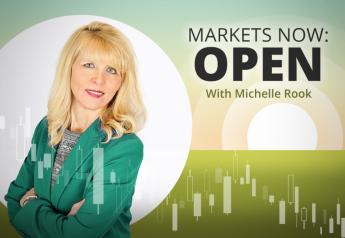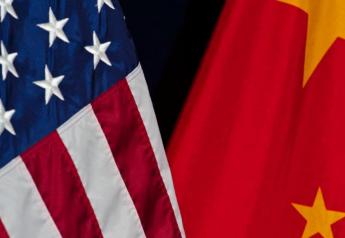Climate Conscious Farmers Leading the Way

By Gabriel Carballal: Mercedes, Uruguay
Most farmers don’t need an incentive to do the right thing.
Doing the right thing should be its own incentive. That’s why we introduced no-till agriculture on our farm in Uruguay a generation ago. It made sense for our soil, which is at the center of everything we do. Because of no-till, we’re better farmers who grow more food.
In an era of climate consciousness, however, we’re seeing another advantage from no-till agriculture: It removes carbon from the atmosphere and holds it in the soil, lessening the man-made contribution to global warming and at the same time, enriching the soil and controlling erosion.
Now people want to pay farmers for this benefit of carbon sequestration.
That’s fine with me: I’m all for letting farmers discover ways to earn additional sources of income. As the European Union, the United States, and even China offer major proposals to reduce greenhouse gases, they should recognize that farmers have a useful part to play.
We’re often treated as part of the problem rather than as part of the solution. A better strategy is to treat us as partners in conservation. That starts with understanding what motivates us as we grow the food that the world needs.
Here in Uruguay, we’re developing special markets for the buying and selling of carbon credits. Automotive importers, for example, can sell cars and trucks with a package of carbon credits that render new vehicles “carbon neutral.” In this system, the sales price of a vehicle underwrites the sequestration of carbon in an amount equal to what the vehicle will emit in ordinary pollution during its lifetime.
Most of these credits come from forestry production because trees are so good at removing carbon from the atmosphere. Farmers can do the same, if on a smaller scale. The crops on my farm remove carbon from the atmosphere all the time—and once I gain a simple and accurate way to measure their level of carbon sequestration, I may start to sell carbon credits.
Finding creative ways for farmers to store carbon in their soil could make a big difference in fighting climate change.
Yet for me, no-till agriculture isn’t about collecting more money from a new source. We use this approach to farming because it’s better for us as farmers.
Back in the 1990s, when we took up no-till agriculture, soil erosion was a huge problem. Too much tillage had destroyed a lot of fertile land in Uruguay. If we hadn’t adopted this new method, which keeps the soil intact and protects it with cover crops, we probably would have lost our soil.
I just ended planting wheat, barley, canola, and oat crops—and without no-till, we wouldn’t have a hope of harvesting them later. We’d be out of business.
We learned over the years that the no-till approach not only improves our farm, but it also improves the world because it fights harmful climate change by removing carbon from the atmosphere.
Remember your lessons about photosynthesis in school: Plants use solar energy to take carbon dioxide from the air and transform it into water and carbohydrates, creating biomass that the crops use to grow.
In an old-fashioned system of tillage, farmers don’t do as much of this. Following a harvest, they would burn the stubble of crop that remains. Our path is different: We let the stubble decompose into organic matter and now also use cover crops to increase this process.
We’re enriching the soil, protecting it from erosion, and improving the climate. For us and our customers and the environment, this is a win-win-win.
And carbon credits have nothing to do with it. We don’t need the extra motivation. If we did, we’d be missing the point in a big way. I don’t know any farmers who say: “I’ll do what is bad because no one is paying me to do what is right.”
So we’re ready and willing to help out. We are part of the solution. I won’t oppose an extra incentive that encourages more farmers in this direction—but anybody who thinks we need the incentive to do the right thing has a lot to learn about farmers.
Gabriel Carballal is an agronomist and a ‘farmer with no farm’, growing winter crops of wheat, barley, canola, oats, grass seed and summer crops of soybean, corn and sorghum on 700 personally leased hectares with additional hectares in partnership with his father and two different societies in Uruguay. Gabriel is a member of the Global Farmer Network www.globalfarmernetwork.org







